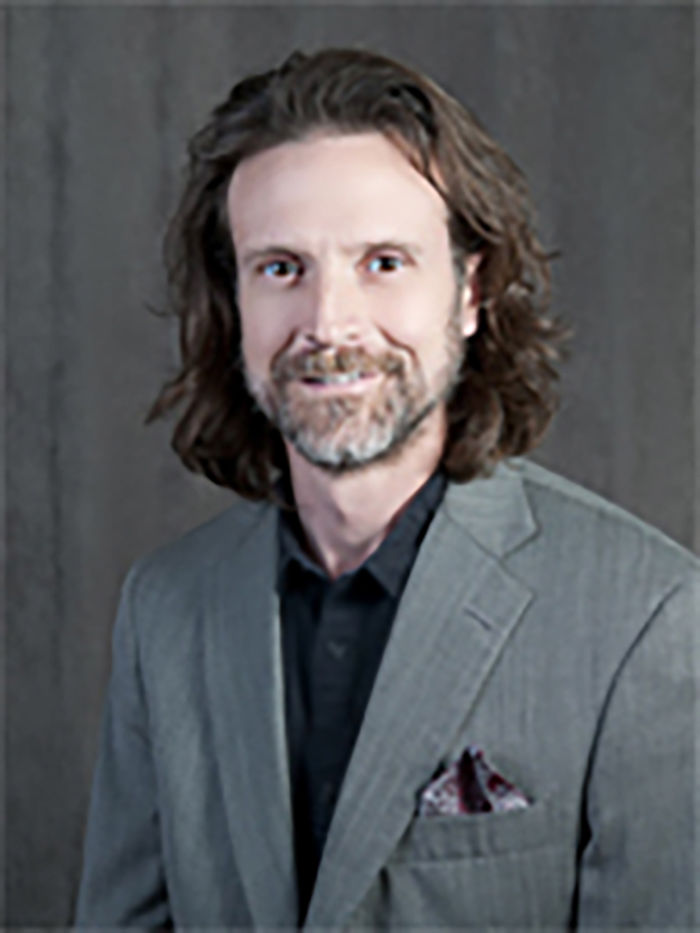Researchers help create new battery
April 24, 2017
A team of WSU researchers received a $500,000 grant to design new sodium batteries that would store and regulate renewable energy.
The team, headed by Scott Beckman and Soumik Banerjee, is part of a larger group of researchers from institutions across the country. WSU’s part of the grant is to explore theoretically different materials to use in the batteries before the team sends its findings to other group members.
{{tncms-asset app=”editorial” id=”54736860-28b3-11e7-921e-93259994ef33″}}
Banerjee said the team was first formed with external collaborators, whose diverse skills were necessary for the multifaceted project. Each subsect of the larger project is responsible for a different part of the overall research.
“We are modelers,” Banerjee said. “What we can do is use our skills to look into materials and decide which are the most viable and stable.”
Beckman said that as the U.S. moves away from reliance on coal and petroleum, the country will need to store and regulate the power that renewable sources generate. Because renewable energy sources, specifically wind and solar, do not consistently produce power, Banerjee said storing the power and being able to access it is paramount to this region.
Beckman said one of the most important aspects of the project is making the battery with all solid parts.
{{tncms-asset app=”editorial” id=”41cc4bbe-28b3-11e7-8e1d-83686c344b0f”}}
“Most batteries have liquid or gel electrolytes,” he said. “Sometimes it could grow a long wire that over time can cause fires.”
Beckman said the new sodium batteries would have a glass separator, which would make them safer and easier to produce in sheets. The team would do this step of production by pressing solid sheets of material together. This process could save them money during production, he said.
“Our batteries will be cheaper,” Beckman said.
However, the proposed federal budget could stand in the way of the team’s research, he said. The grant calls for a three-year timeline, though the research may have to stop at any time.
“The proposed [federal] budget takes away all funding,” Beckman said. “So it may be that in one year, the project could go away. Everyone on the team is a little concerned about that.”
Banerjee said for now, the team will continue its work by reaching for goals such as quarterly reports, in accordance with their three-year plan.
“[The federal budget] could potentially have disastrous impact on this project,” Banerjee said. “We have students working on this project whose funding could be cut, which would be a huge scientific loss.”





















